Get a Chuck Roast that’s USDA Choice+
Ideally the higher the grade the better.
USDA choice, prime, or even Waygu*.
I’ve tried this recipe with the ungraded meat you find at your grocery store and it tends to dry out, a lot.
Update 2024: Re-did this recently with a Waygu chuck roast from Snake River Farms, it’s even better and it’s because of the extra fat.
Most chuck roasts are also 2-4 lbs – a bigger one is less susceptible to drying out.
Trimming the Chuck Roast?
The only thing to do is remove any exterior hard fat.
These super large chunks won’t render – but can technically be removed when you go to eat.
If you’re unsure if it’s “hard” – just press into it. If it has no “give” and it’s thick on the edges, just remove it.
Rub for Poor Man’s Brisket
Use your favorite brisket rub or:
- 1 tbsp diamond crystal kosher salt
- 1 tbsp 16 mesh black pepper
- 1 tbsp seasoned salt*
*This is my homemade copycat for Lawry’s. If you don’t want to make that use, Lawry’s or your favorite seasoned salt.
Get Your Smoker to 225-250F
Put the chuck roast on the smoker indirect.
Add your favorite hardwood – I used post oak and added a new chunk every 45 minutes.
I also like to use a water pan just for added humidity.
Wrap the Meat After 3-4 Hours of Smoking
At this point the bark should be set and 3-4 hours is more than enough smoke.
The internal temperature is likely around ~170F
BUT if the bark isn’t set (wipes away with your finger) and it’s not dark like a meteorite, keep smoking and check every 30 mins.
Wrap the Meat with Foil
Or use Butcher paper.
Then return to your smoker or kitchen oven* set to 250F.
*At this point the meat won’t take on anymore smoke and just needs time and heat.
Since this cut of meat is much smaller, it won’t take long to reach tenderness.
Tenderness Check the Meat After 1 Hour
Chuck roast will finish in the range of 195-205F.
Take your probe thermometer or a tooth pick and probe in and out to the meat.
The probe should slide in and out of the meat with NO resistance.
Rest the Meat
You’re resting the meat from 195-205F down to around 150-160F.
This will take 30-60 minutes.
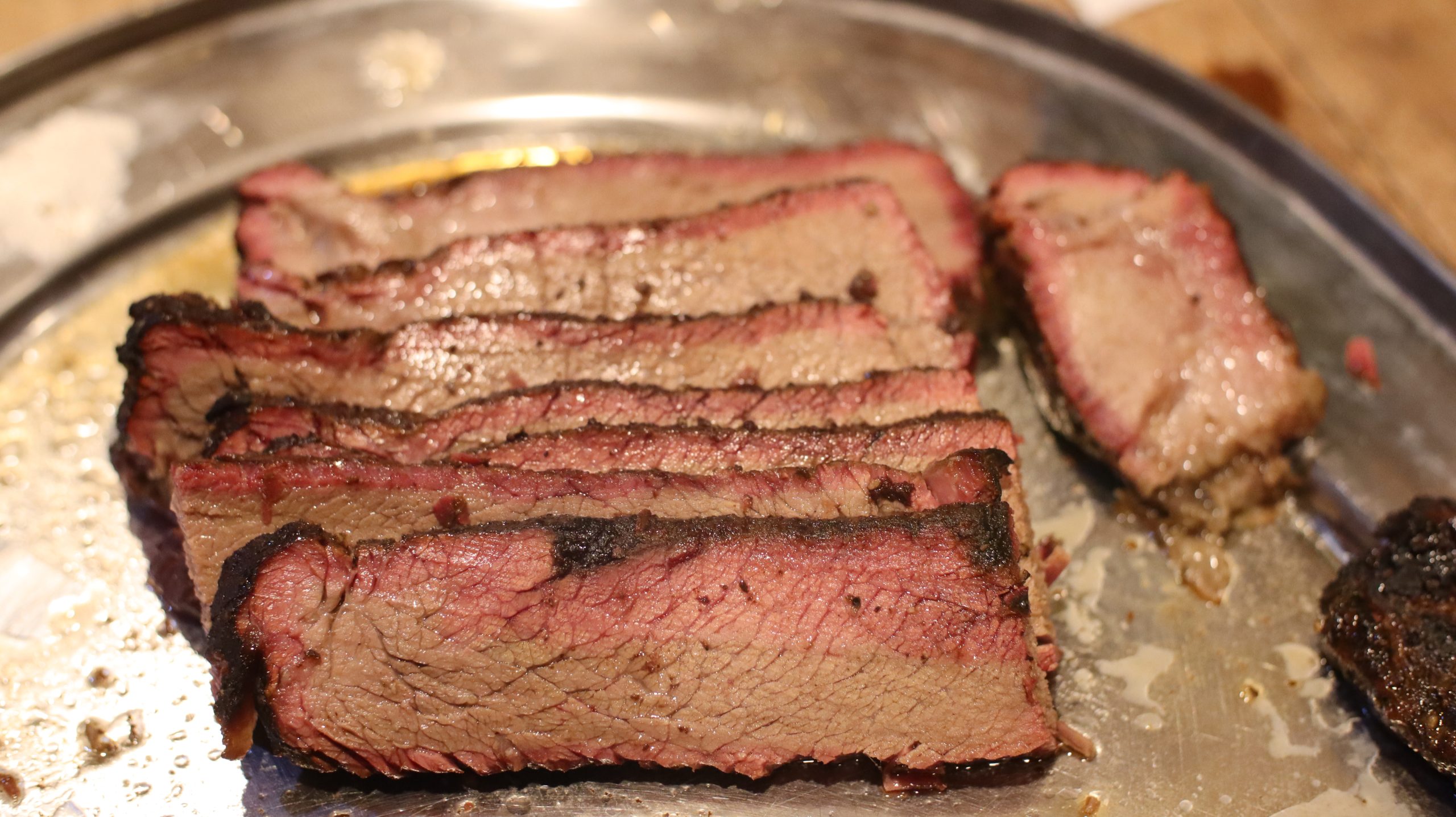
Smoked Chuck Roast Recipe
Ingredients
- 2.27 lbs Chuck Roast
Dry Rub
- 1 Tbsp Kosher salt
- 1 Tbsp Black peppercorns
- 1 Tbsp Lawry's seasoning salt
Instructions
- Remove chuck roast from over-wrap meat tray.2.27 lbs Chuck Roast
- Place chuck roast on cutting board and apply dry rub. The goal is to cover all surfaces of the meat (including edges) while still being able to see the meat itself.1 Tbsp Kosher salt, 1 Tbsp Black peppercorns, 1 Tbsp Lawry's seasoning salt
- Put dry-rubbed chuck roast on a baking sheet and into the fridge.
Smoking the Chuck Roast
- Get your smoker to 250F. I personally used a Weber kettle with the Slow N' Sear, however what you use may vary; Your goal should be to maintain around 250F.
- Once the grill has stabilized, place a post-oak wood chunk on the coals and allow it to smolder.
- Bring the chuck roast outside and place in the cool zone of the smoker – opposite of your fire.
- Check on the meat every hour. If you notice certain parts are finishing faster than the other, turn the meat accordingly, ie. position the end that needs more love towards the fire. Add a new post-oak wood chunk every hour you check the meat.
- After roughly 3 hours, the chuck roast has likely taken on enough smoke. The outside has likely developed a bark and is ready to be wrapped in aluminum foil. Wrap the chuck roast tightly in two layers of aluminum foil.
- Place the wrapped chuck roast back on the smoker in the cool zone.
- Start checking internal temperature with a meat thermometer every hour. Chuck roast isn't a large piece of meat and will quickly blow past any sort of meat stall when wrapped in aluminum foil.
- This process took two more hours to reach 198F. At this point the meat was probe tender. When checking for done-ness, use your meat thermometer to poke the meat – if it feels like it's sliding through hot butter, it's done. However, if it has resistance, it needs to continue smoking in the tinfoil.
Resting the Chuck Roast
- Place the wrapped chuck roast on a baking sheet and put it in your oven. Allow the meat to rest for 30 minutes.
Slicing the Chuck Roast
- Slice the chuck roast against the grain. Chuck roast has a grain structure that's somewhat hard to see, however, make a singular cut and see what direction the meat fibers are running. If the first cut is parallel, turn the meat and slice perpendicular.


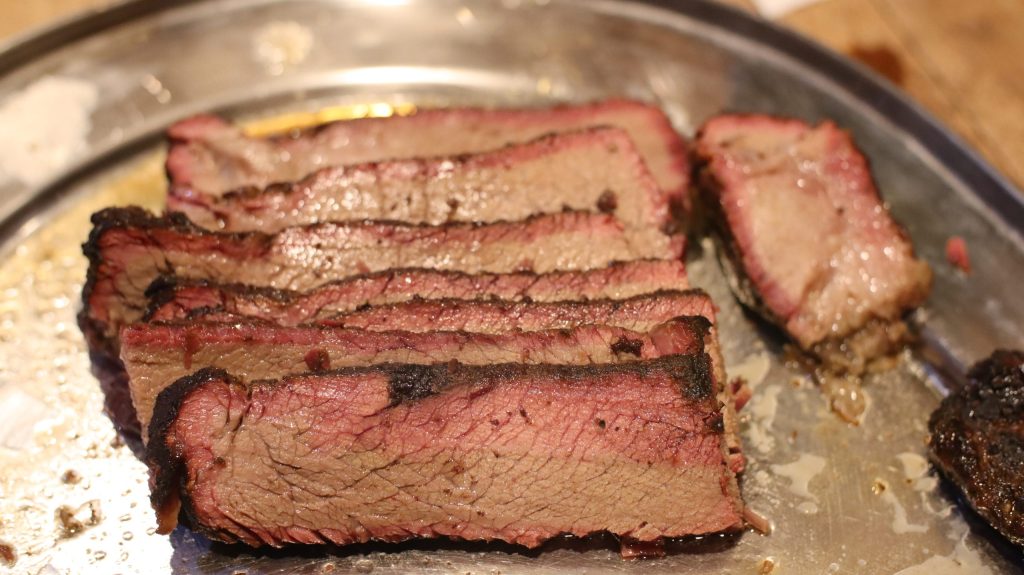
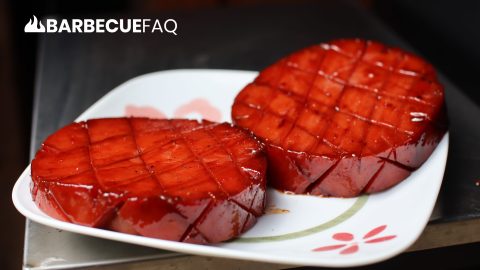
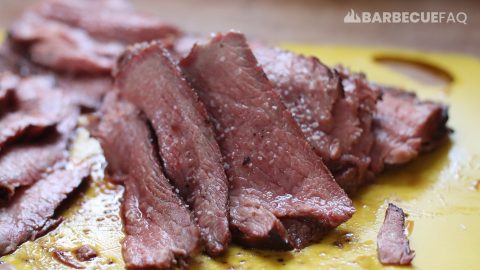
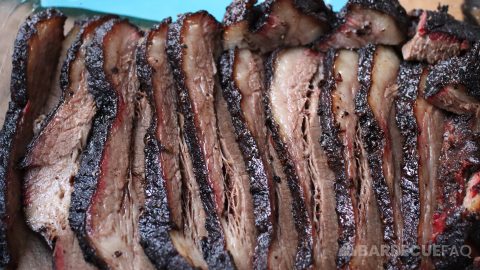
5 comments
Pat
I just did a brisket, turned out great. Now I bought a chuck roast. I’m using Dylan’s steps. Sounds nice and easy. I lot of information
Roy C Warren
This recipe has helped me alot
Dylan Clay
Happy to help Roy!
Floyd Allen
Awesome Recipes
Dylan Clay
Thanks for the comment Floyd! Happy to help!